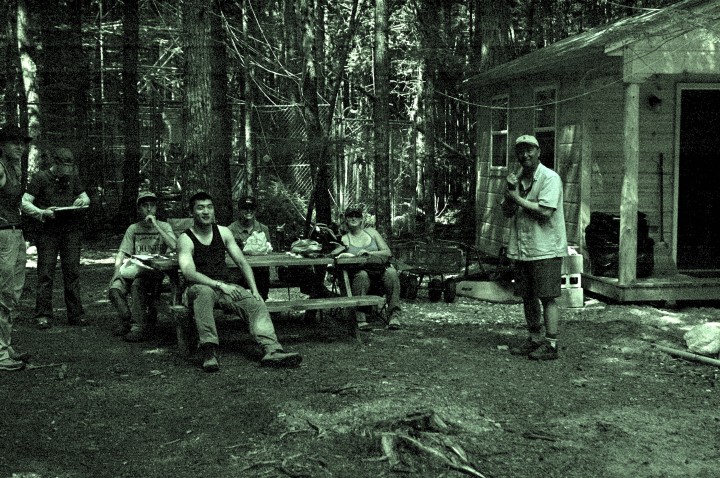

Merril Brook Cabins, Howland, Maine
From Dr. Jon Ranson:
I’ve shared a lot of my own experiences over the past two weeks. For the moment, I’m going to step aside and ask Sassan Saatchi to share with you his impressions of his work at Howland.
From Dr. Sassan Saatchi
This has been a very good experience and I think we’ve done well here. We came out in support of the DESDynI mission. There are a few specific goals we’re working on. One is to refine our algorithms to measure forest biomass and structure. For that reason, we flew radar that’s very close to the DESDynI radar over this area not long ago. We also flew lidar. For DESDynI we want to combine the two to make forest structure more accurate. Our measurements on the ground combined with the data from the lidar and radar flights will help us do that.
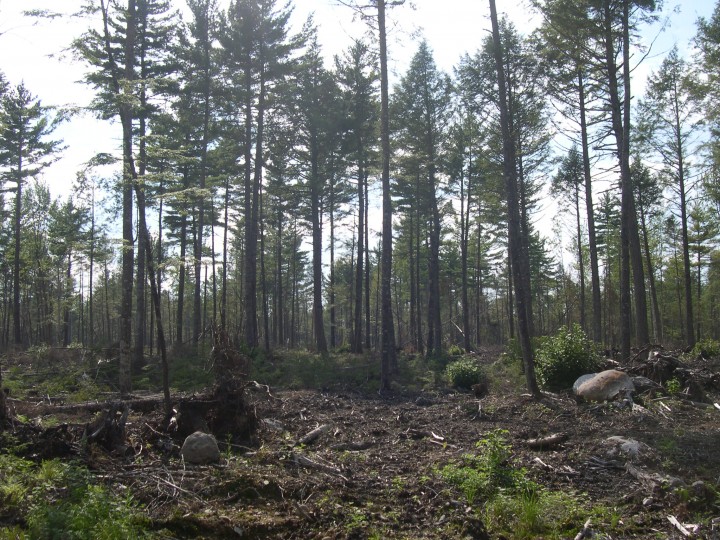
Penobscot Experimental Forest, Bradley, Maine
Temperature 71°F Humidity 65% Wind 0 mph Sunny
From Dr. Jon Ranson:
This gorgeous morning we hopped in our cars and drove back to the last site, close to Lake Chemo (you can pronounce that chee-moe). Yesterday I was impressed by the high biomass and the giant Quaking Aspen trees. Today I’ve noticed that there is a lot of fallen timber in this site. We found several really big trees lying on the ground with their root pads sticking up in the air. We also saw a lot of standing dead trees, many of which had been broken off several meters above the ground. I expect this place had taken some wind not too long ago. That would explain all this deadfall.
Our remote sensing instruments don’t measure dead trees on the ground. We also can’t separate standing deadwood from live wood, either. Intact downed wood still holds carbon we know we underestimate biomass when we don’t measure it. On the other hand, if standing trees have been dead long enough, then bugs can start to eat the wood or decay begins. In that case our instruments may over estimate biomass when they measure those trees. Overall these errors are not great but its good to be aware of this.
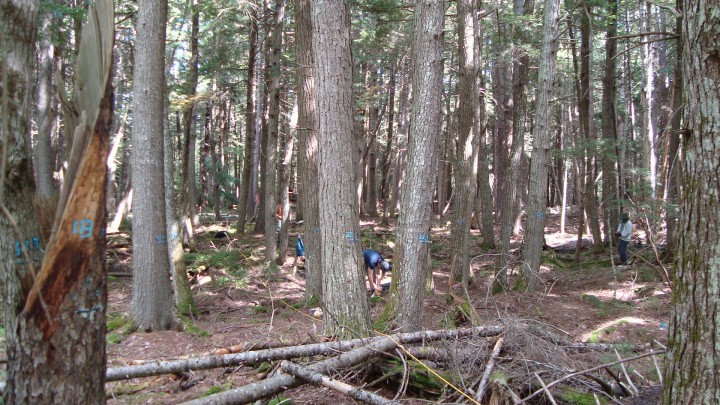
Penobscot Experimental Forest, Bradley Maine
Temperature: 71°F Humidity 29% Wind: 9 mph WNW Clear
From Dr. Jon Ranson:
The weather here is finally absolutely fabulous. It’s cool and clear today. It feels just like Maine in late August should feel. We’ve got another Hurricane out in the Atlantic coming our way, but I think Danny will wait until the weekend to bother the area. For now, it’s fine field weather.
Today’s goal was to find and measure an area we’d identified as a low biomass site. Before we came to the field the DESDynI scientists sat down and looked at data from our existing instruments. In order to thoroughly test our instruments and algorithms we need to look at a wide variety of sites, both low and high biomass. For today’s sites we relied on LVIS (NASA’s Lidar Vegetation Imaging Sensor) data, which is a laser altimeter flown by aircraft over target areas. That data showed this as a very low biomass area. We wanted to check it out.
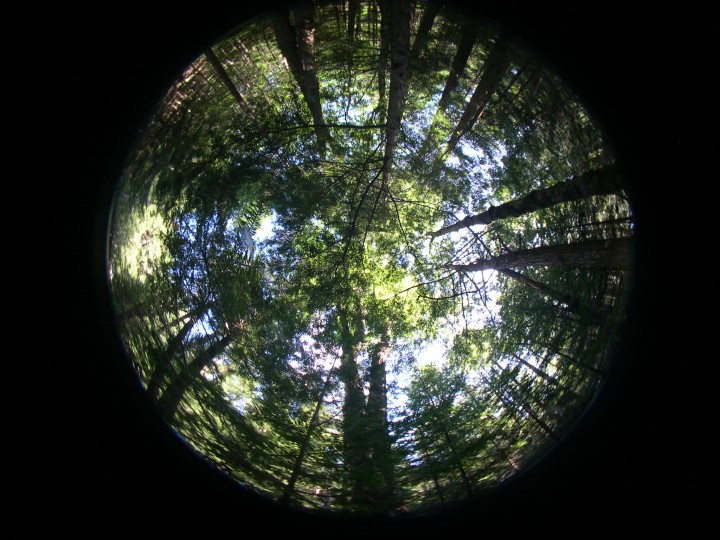
Penobscot Experimental Forest, Bradley Maine
Temperature: 80°F Humidity 74% Wind: 8 mph SW Clear with few clouds
From Dr. Ranson:
On the way to today’s site we passed a small plantation of American Chestnut trees. They are part of a program run by a nonprofit organization, The American Chestnut Foundation, to restore blight-resistant American Chestnuts to their native range. What they are doing is crossing native “Mother” Chestnuts with highly blight-resistant Chinese chestnuts. As the progeny grow they are tested for blight resistance by exposing them to the fungus. The most resistant trees are again crossed with the American trees. It’s important that the trees look and grow like American Chestnut, with the Chinese trees only conferring their resistance. It can take six generations or more before these goals are met to satisfaction. Only then will the tree be considered a candidate for planting.
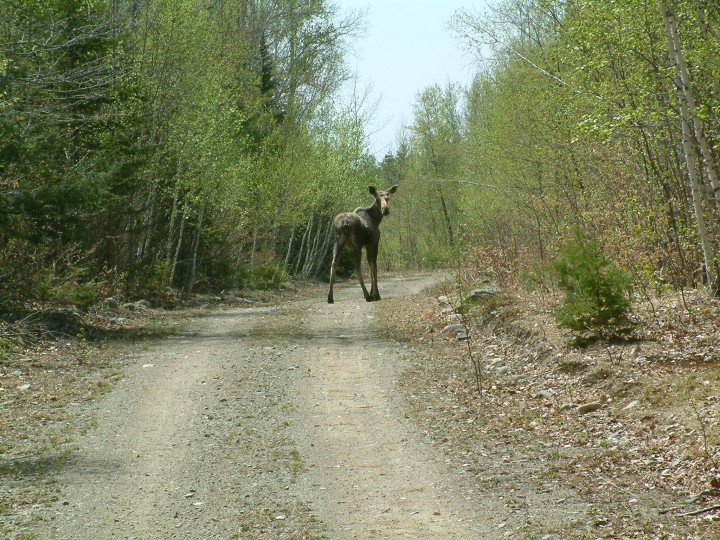
Penobscot Experimental Forest, Bradley Maine
Temperature: 80°F Humidity 76% Wind: 8 mph SW Clear skies
From Dr. Ranson:
Today began with a short trip back into time. We wanted to look at a plot in a very old forest that was in preservation. Rick Dionne with the USDA Forest Service and the Chief Forester at the Penobscot Experimental Forest came out to help us locate it. The site was very close to Leonard’s Mills Historic Settlement, which is a reconstructed logging town of the 1790’s. Since the forests we’re working in have all been logged we thought we’d take just a little time to look at the museum. It was a very interesting place. They had a water-run sawmill there as well as several pieces of antique forestry and logging equipment.
Lumbering started in Maine back in the 1600s in a very limited way. By the mid 1830s Bangor, which is close to us, became known as the “Lumber Capital of the World”. The first sawmill was built in Bangor in 1772. In it’s heyday, the town boasted of 300 saw mills. The wood for the mills came primarily from the northern Maine woods. Millions of logs were floated down the Penobscot River, at times so dense that a person really could walk from one side of the river to the next on top of the moving logs. The lumber was used, in part, for the large local shipbuilding operations. By 1880 the most accessible trees in both the local and the northern Maine woods had been harvested and the loggers were heading west for fresher and richer forests out west.
